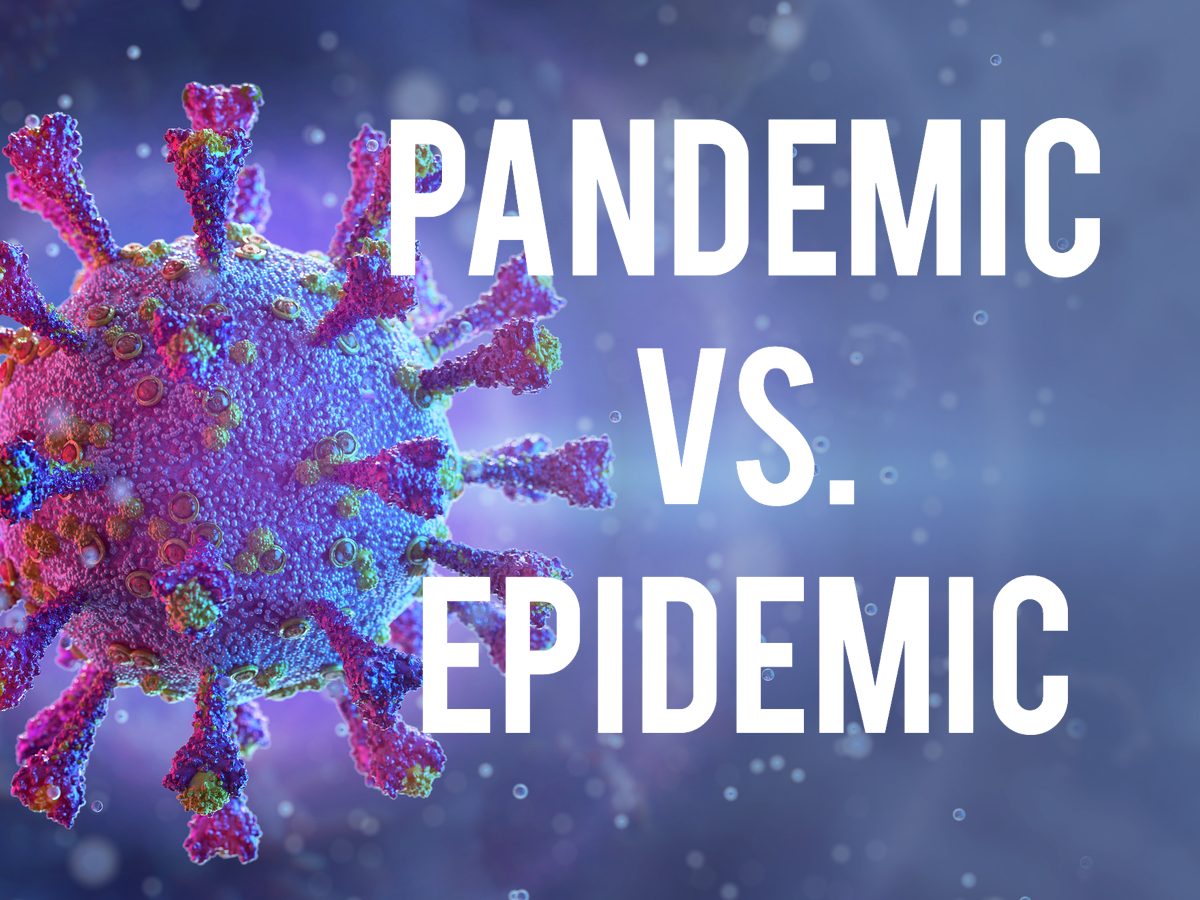
Pandemic vs. Epidemic
The world went into lockdown after the World Health Organization (WHO) declared COVID-19 a pandemic. Before that, it had been considered an epidemic, which is defined as a spike in cases of a disease above what is normally expected in a particular localized population. To be considered a pandemic, an outbreak of illness must occur over a wide geographic area and affect an exceptionally high proportion of the population. Here’s more on the difference between an epidemic and a pandemic.

Flattening the Curve
At the start of the COVID-19 outbreak, the public health goal was containment—stopping the spread of illness. When containment fails, the goal becomes mitigation—slowing the spread of the disease and lessening the severity of its impact. When you hear about “flattening the curve,” that is about neither containment nor mitigation. Rather, it refers to the speed at which new cases are being reported in a particular population. A higher-than-average curve means that cases are spreading rapidly, perhaps even exponentially. When that happens, it places the healthcare system under severe stress—not enough beds, not enough doctors and nurses, not enough ventilators or protective equipment. Therefore, it’s in everyone’s best interest to self-isolate, restrict movements and flatten the curve.
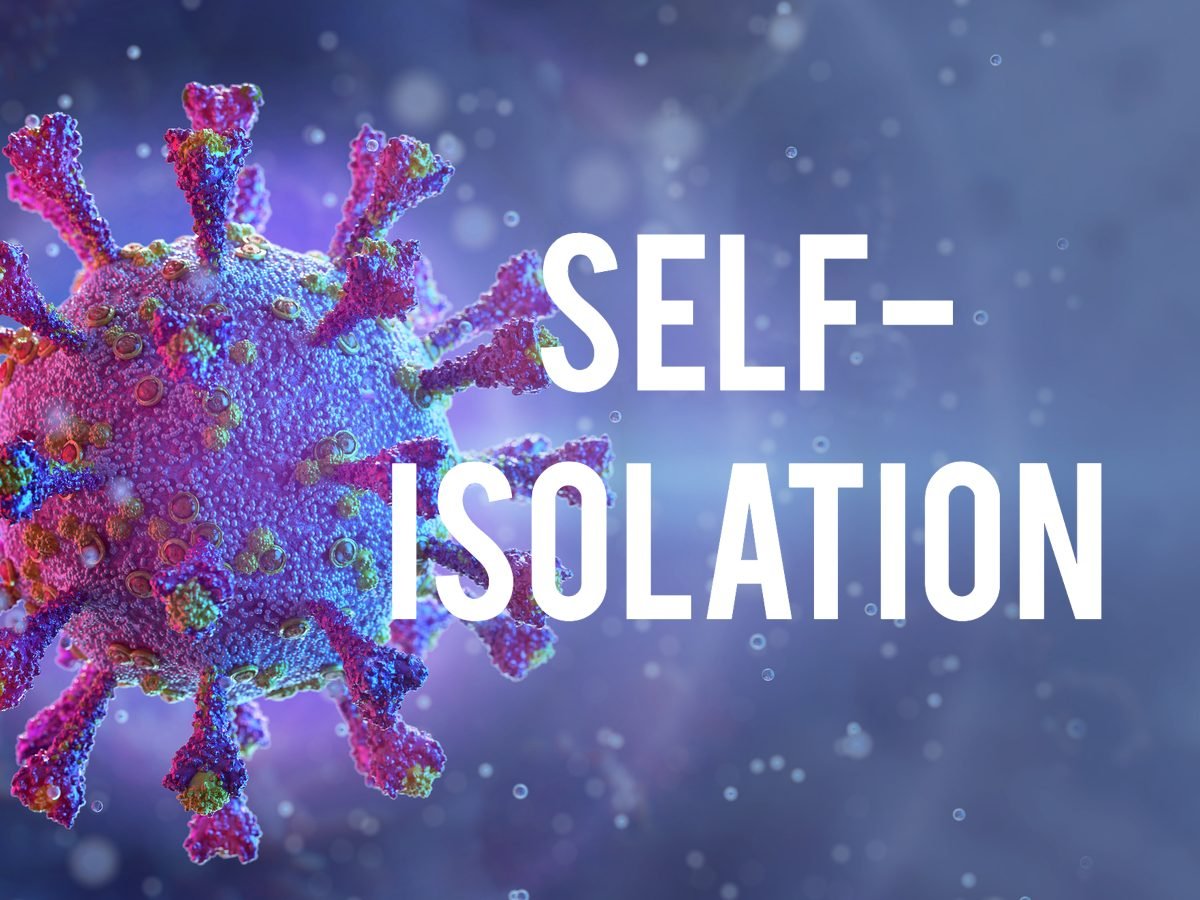
Self-Isolation
Anyone showing symptoms of or diagnosed with COVID-19 but hasn’t been hospitalized is expected to go into isolation. (These are the coronavirus symptoms to watch out for.) This means staying home except to attend medical appointments, restricting your movements and avoiding contact with anyone you live with who isn’t showing symptoms. The federal government has a long list of recommendations on how to keep your home clean, what items you should plan to have on hand and how to care for yourself, all of which boils down to: wash your hands and try not to contaminate common surfaces.
If you’re going a little stir-crazy, here’s 27 ideas to keep yourself entertained in quarantine.
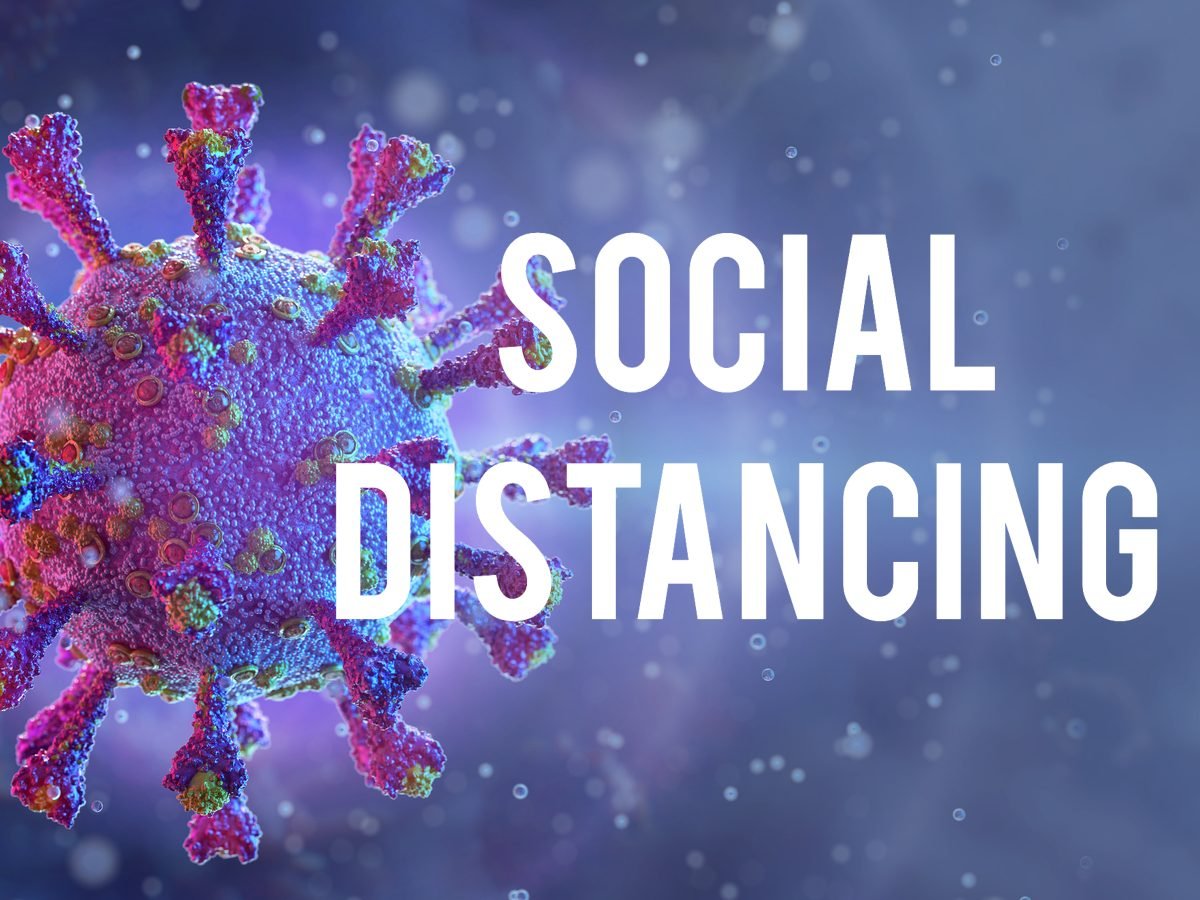
Social Distancing
Canada implemented social distancing in late March. While isolation restricts the movement of a person who is sick or has been exposed to the virus, social distancing applies to people who are neither sick nor known to be exposed to the virus. Also referred to as physical distancing, it’s the practice of maintaining enough space between yourself and another person to reduce the risk of breathing in droplets that are produced when an infected person coughs or sneezes. It’s good practice to avoid directly touching high-contact surfaces like gas pumps and door handles, and to take precautions when grocery shopping. A minimum of two metres is considered safe.
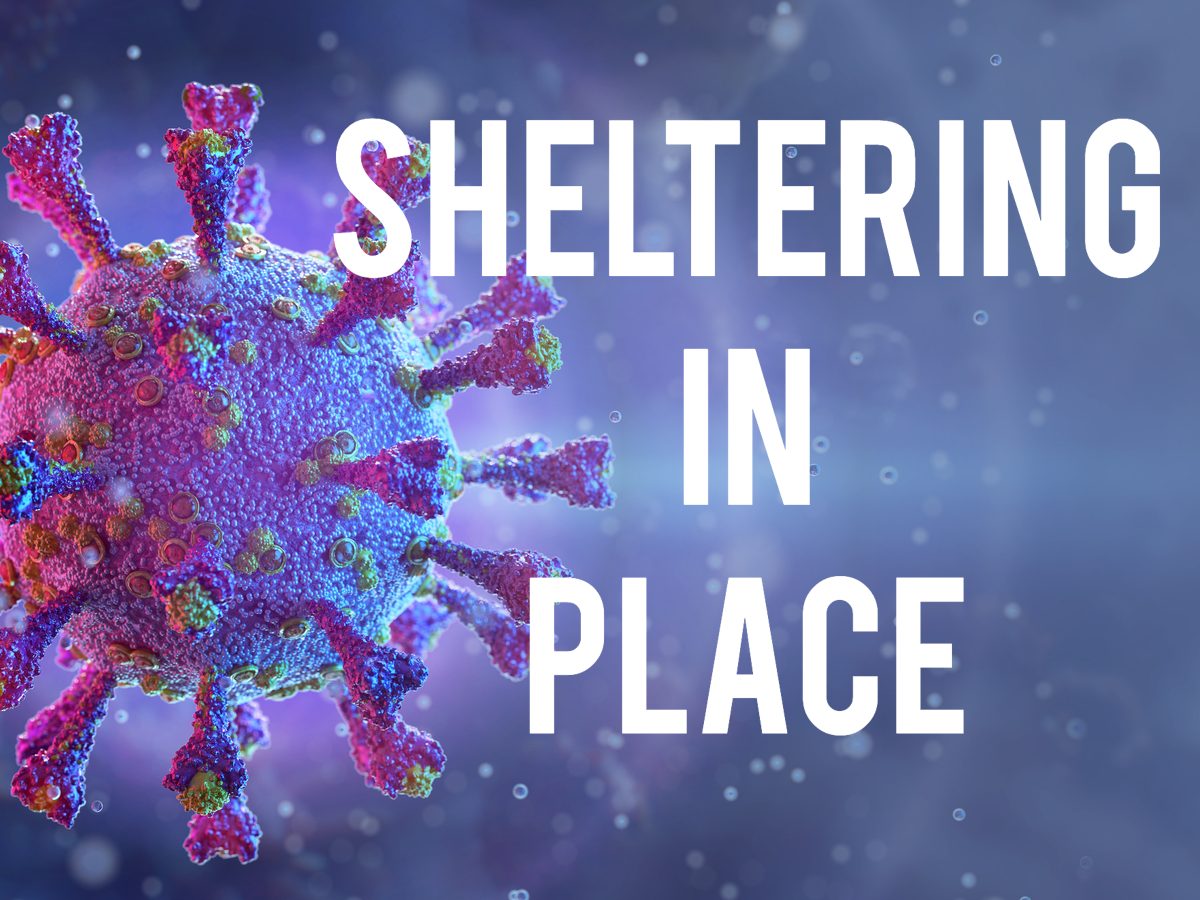
Sheltering in Place
Also known as sheltering at home, sheltering in place takes social distancing one step further by asking all residents of a jurisdiction to stay home unless it is absolutely necessary to leave the house (for food or medication, to walk the dog, to exercise). The residents of Wuhan, China, where the coronavirus first spread, were ordered to shelter in place for 76 days—a lockdown that was only lifted at the start of April. A shelter-in-place order is a critical intervention, according to the city of San Francisco, which issued one of the first in the U.S. in March. To date, no city in Canada has issued such an order, though at the start of April the province of Quebec implemented roadside security checkpoints in order to limit travel.
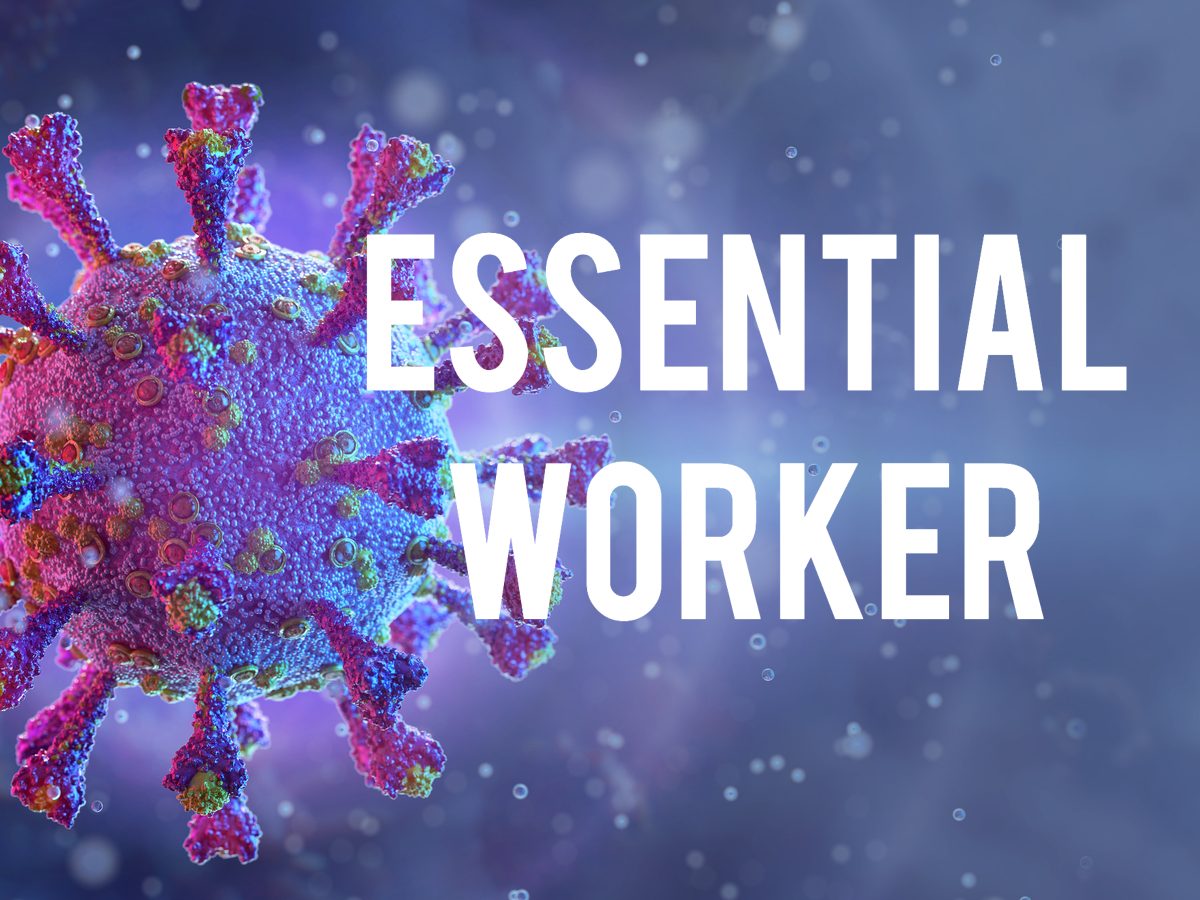
Essential Worker
This spring, as our provinces and territories began issuing orders to practice social distancing and sheltering in place, many industries and businesses were also ordered to suspend operations. Others, however, were deemed essential—and the people who staff them essential workers. Each province has its own shortlist of what’s considered essential, but they all have one thing in common: we need them in order to stay healthy and connected. If you’ve fallen ill, you’ll depend on the bravery and sacrifice of front-line health care workers as well as the essential workers who clean the hospital and the essential workers who deliver food. In addition to health care, other essential sectors include transportation, telecommunications, food supply chains (including agriculture and grocery stores), community services and some manufacturing.
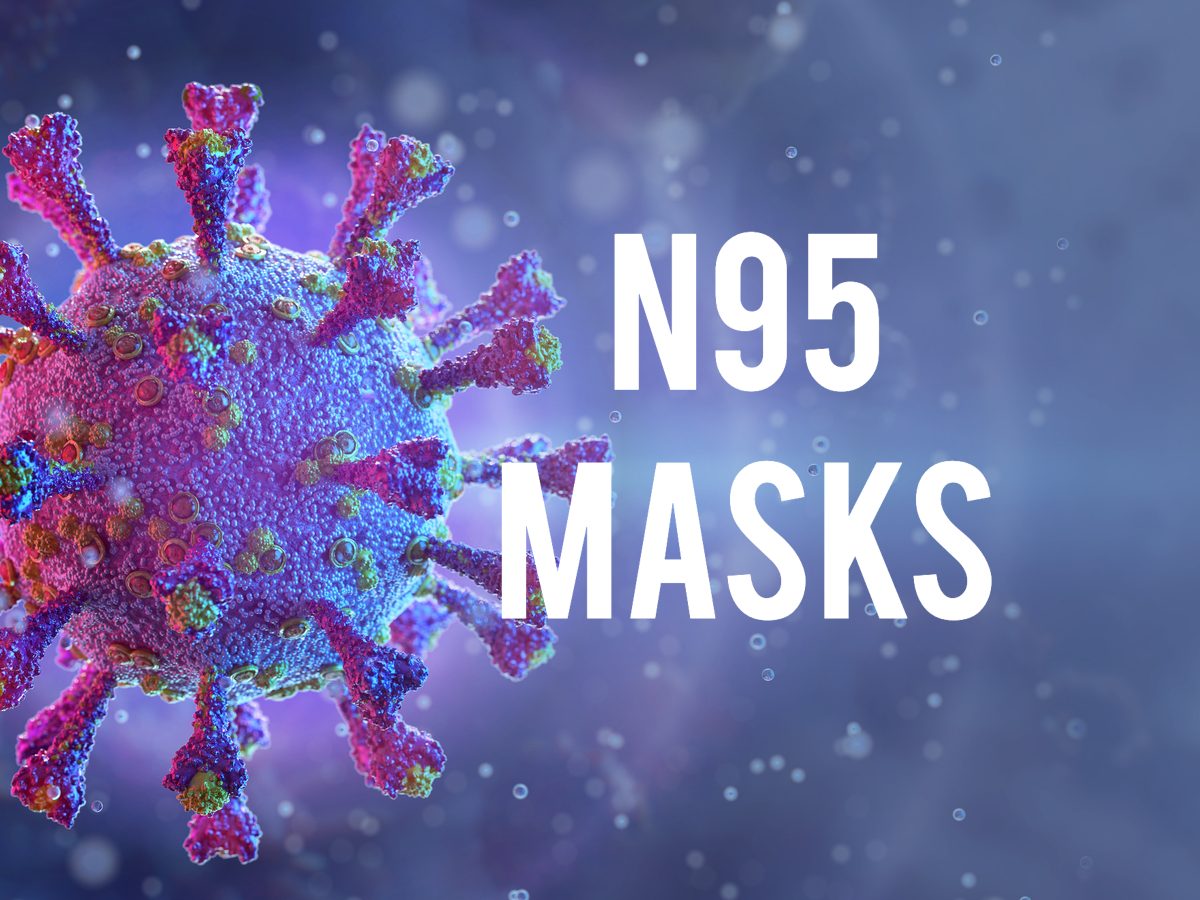
N95 Masks
Face masks, also known as surgical masks, are meant to prevent the wearer from releasing respiratory excretions (also known as droplets), which can infect others. It operates as a barrier, and is meant to be used once and then thrown away. N95 masks, which are primarily used by health care workers, help keep the wearer healthy by filtering out—and preventing exposure to—virus particles (as well as allergens and bacteria). The 95 refers to the efficiency percentage when they’re worn properly. For a detailed breakdown of the different types of face masks and how to ensure you wear them properly, read this. To learn how to make your own DIY face mask at home, watch this handy video.
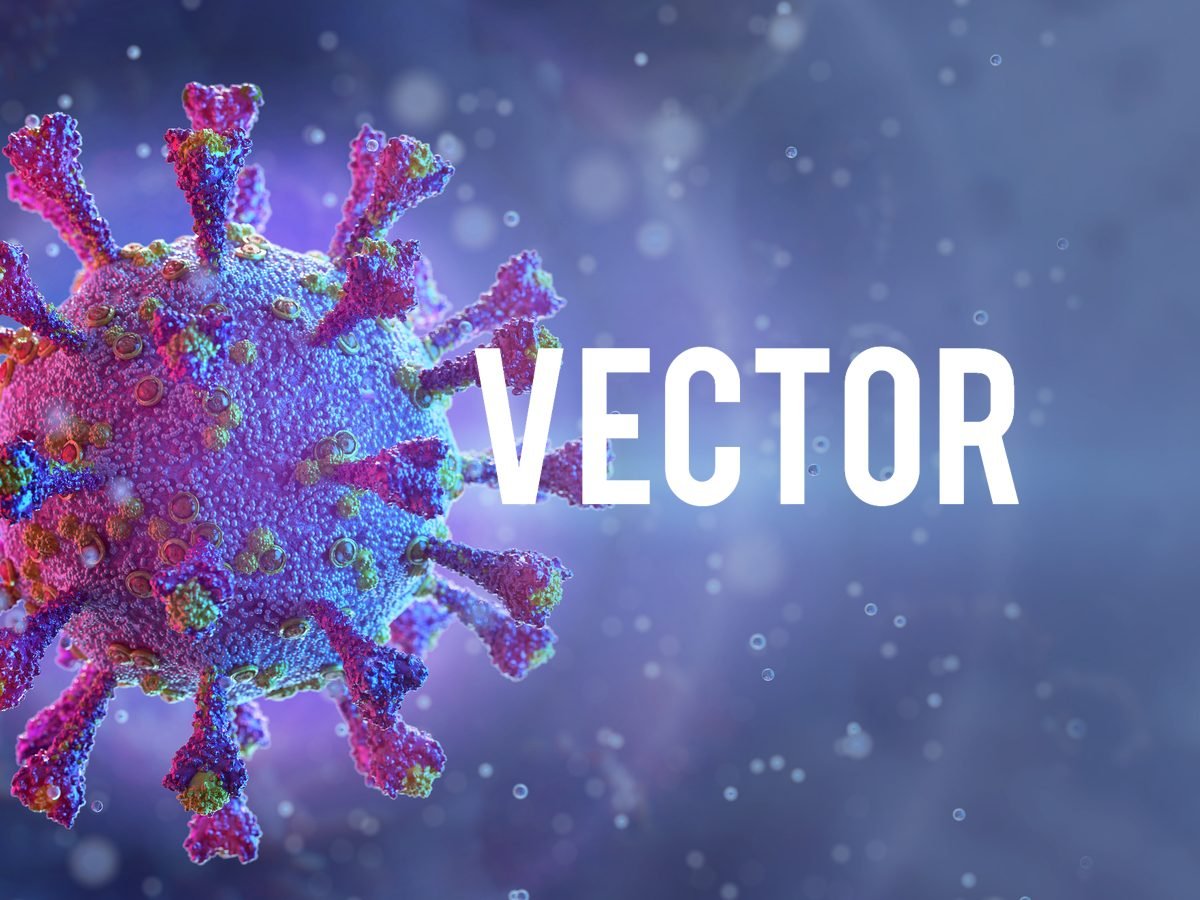
Vector
Scientists traditionally use the term vector to refer to insects or parasites that transmit a virus or other disease between living organisms. In the last few months, the term has also become commonly used in everyday conversations about what or who might be unwittingly carrying and transmitting the coronavirus. There’s speculation that pets might act as vectors. And, most alarmingly, asymptomatic people are thought to serve as vectors, too.
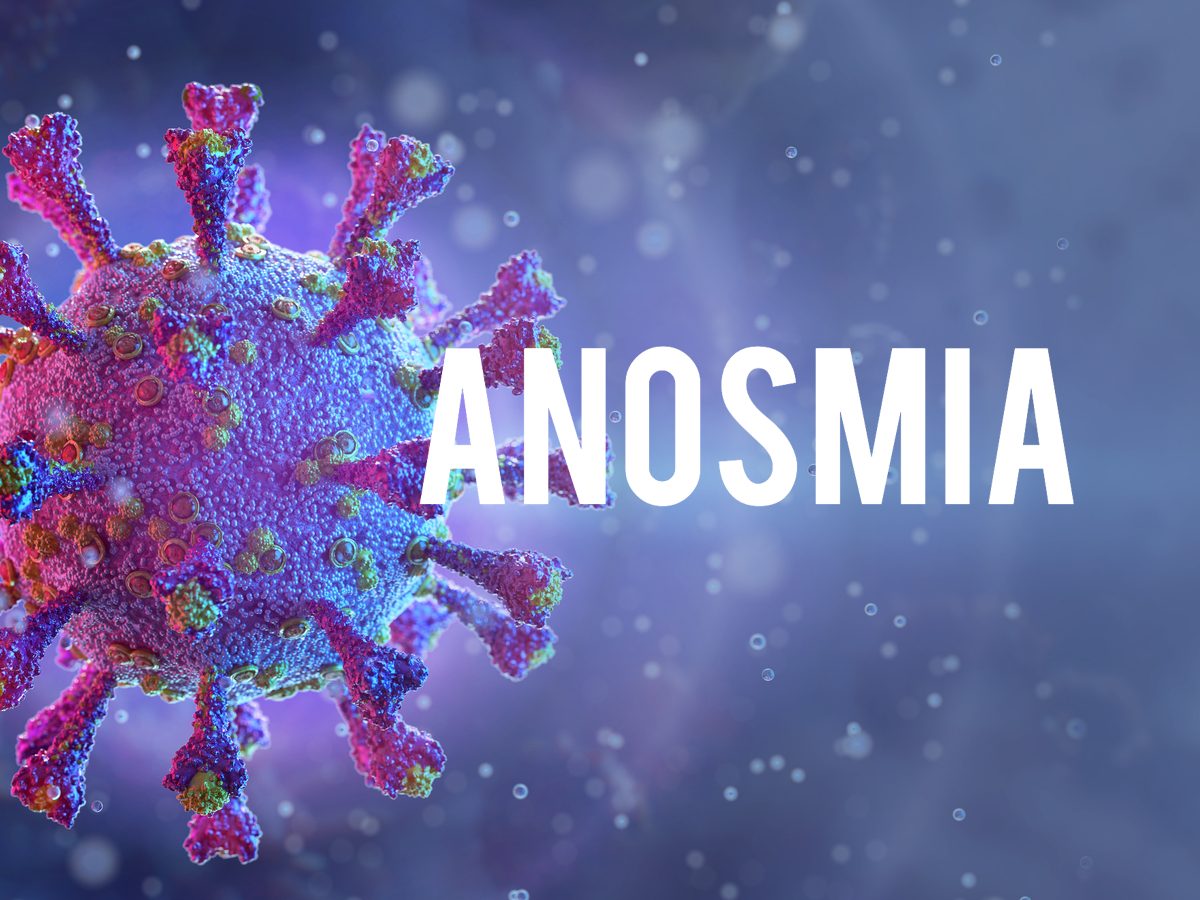
Anosmia
Many people have cold and flu symptoms but don’t have COVID-19. One way that medical professionals can tell the difference is by gauging anosmia, which refers to a loss of the sense of smell. In mild to moderate cases of coronavirus, a loss of smell (and therefore taste), is emerging as an early sign of COVID-19. “While fever, cough and shortness of breath are the key classic signs of contracting COVID-19, a recent analysis of milder cases in South Korea found the major presenting symptom in 30 per cent of patients was a loss of smell. In Germany, more than two in three confirmed cases had anosmia,” CNN notes.
What else can you expect if you have COVID-19? Find out from a man who survived.